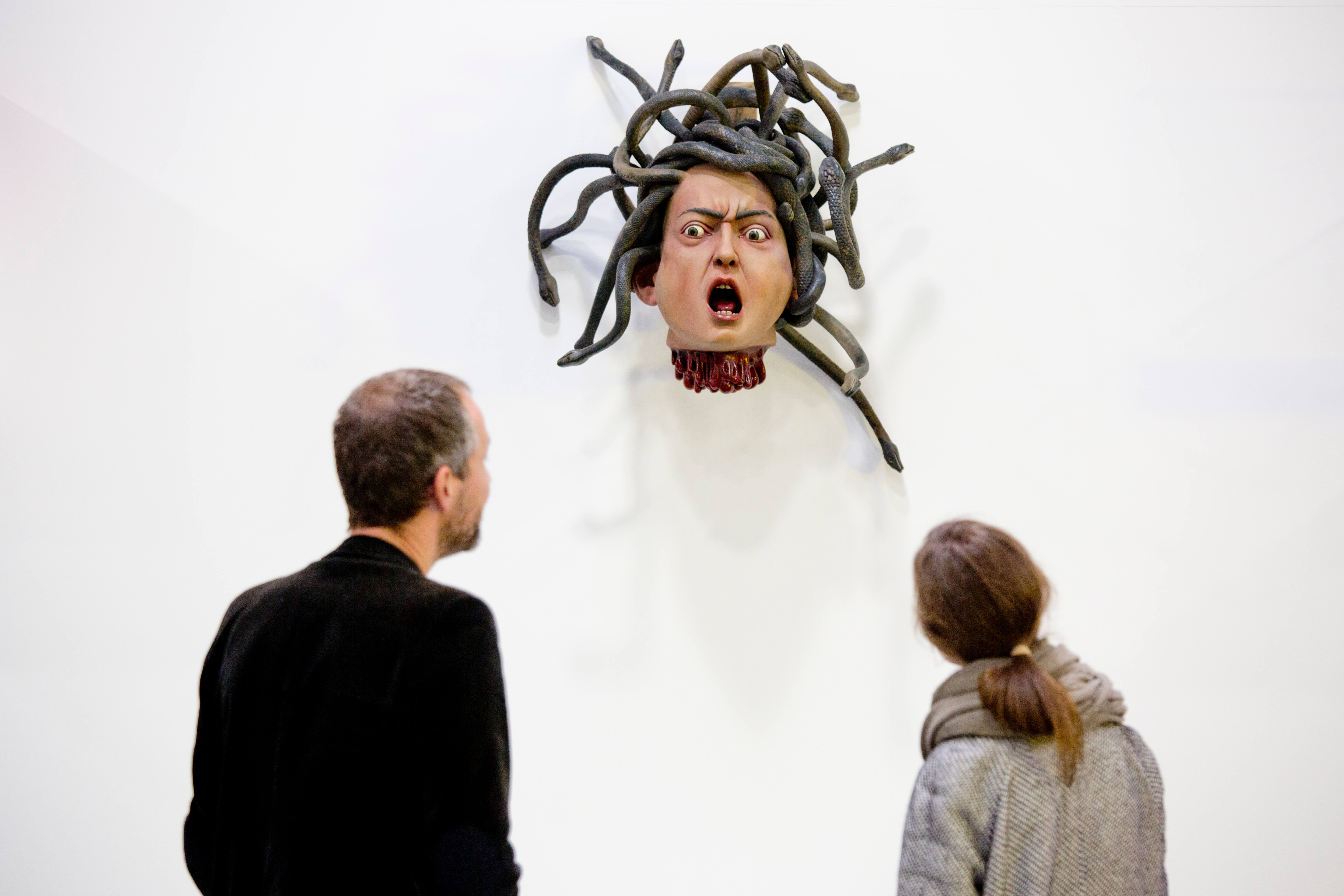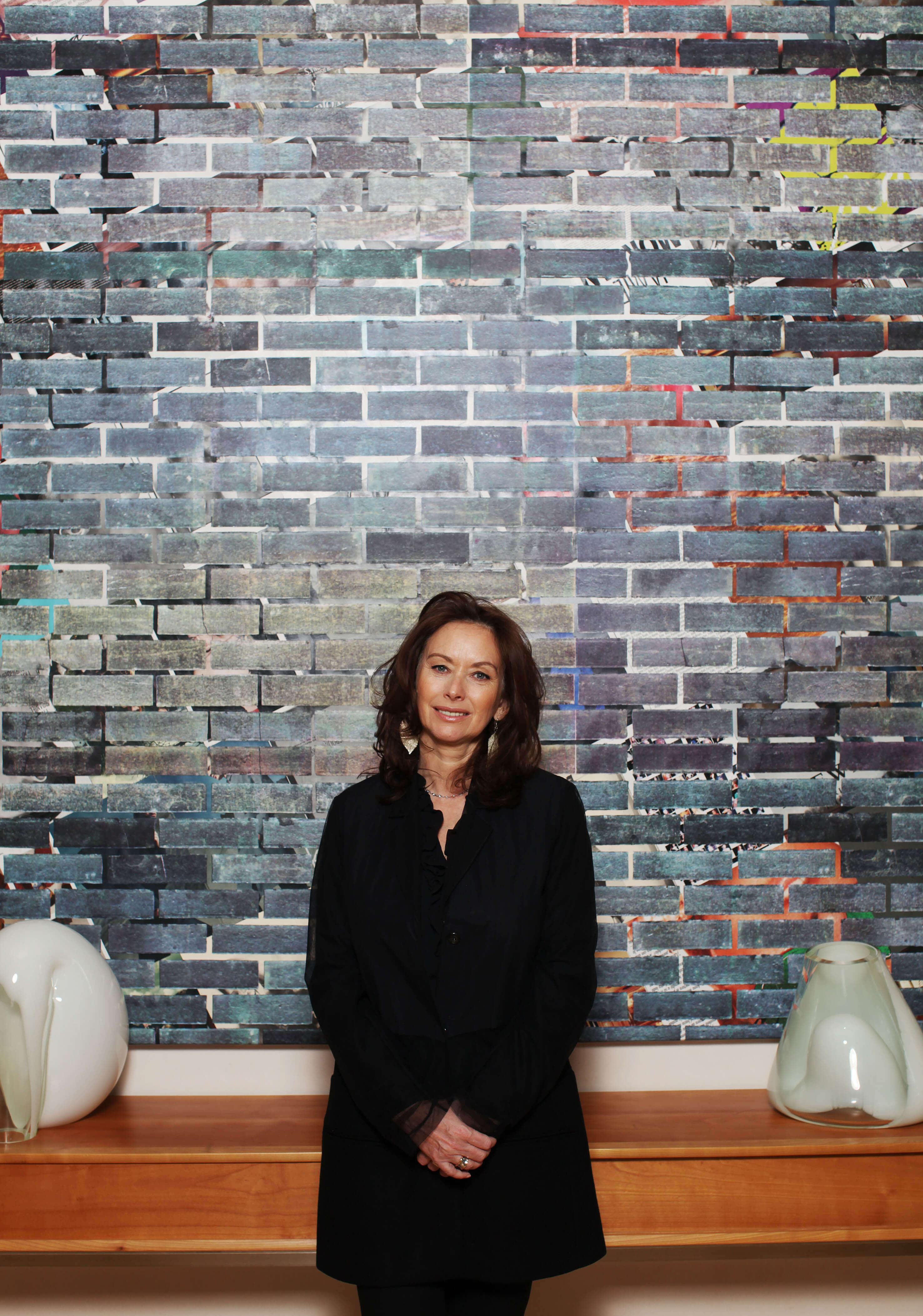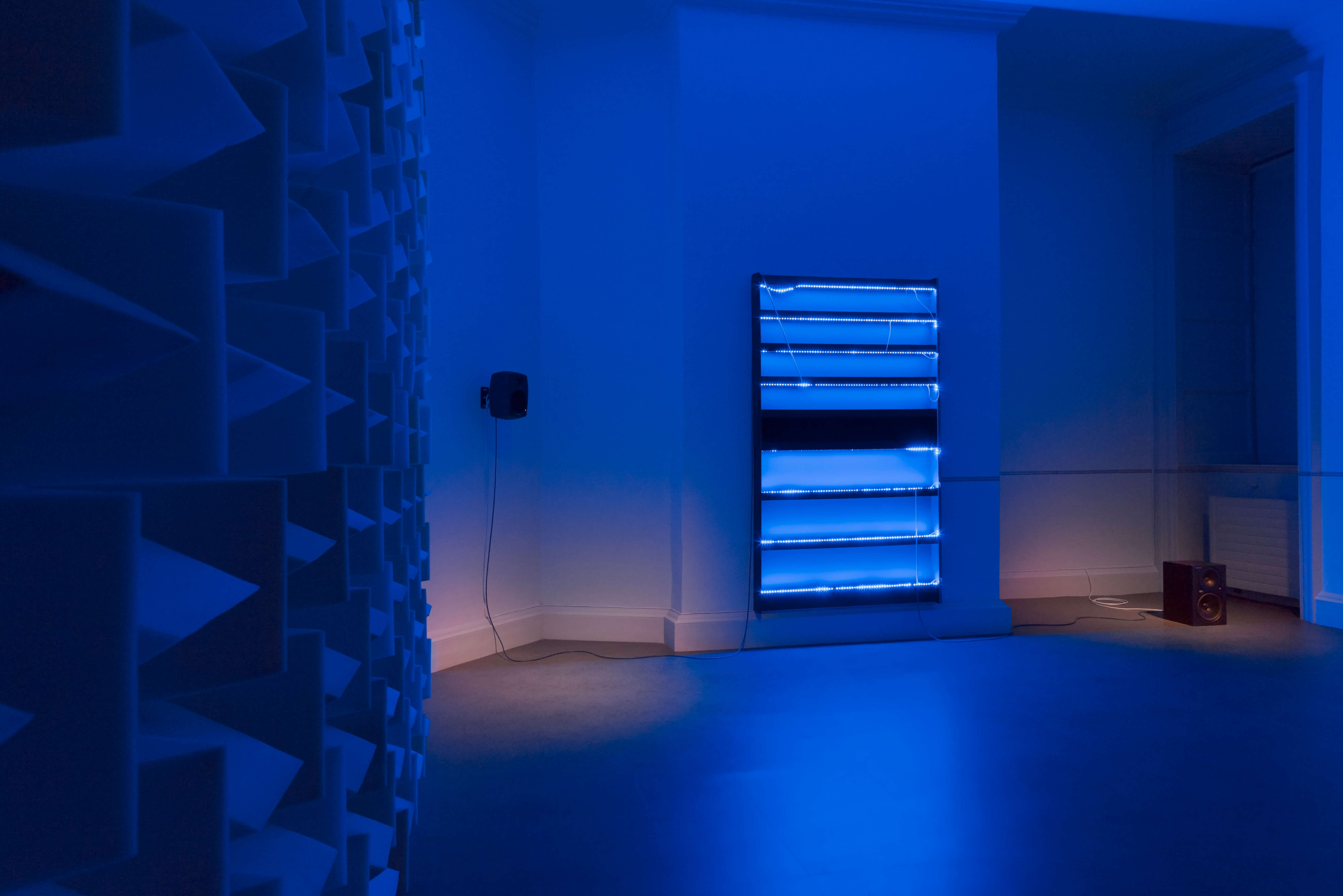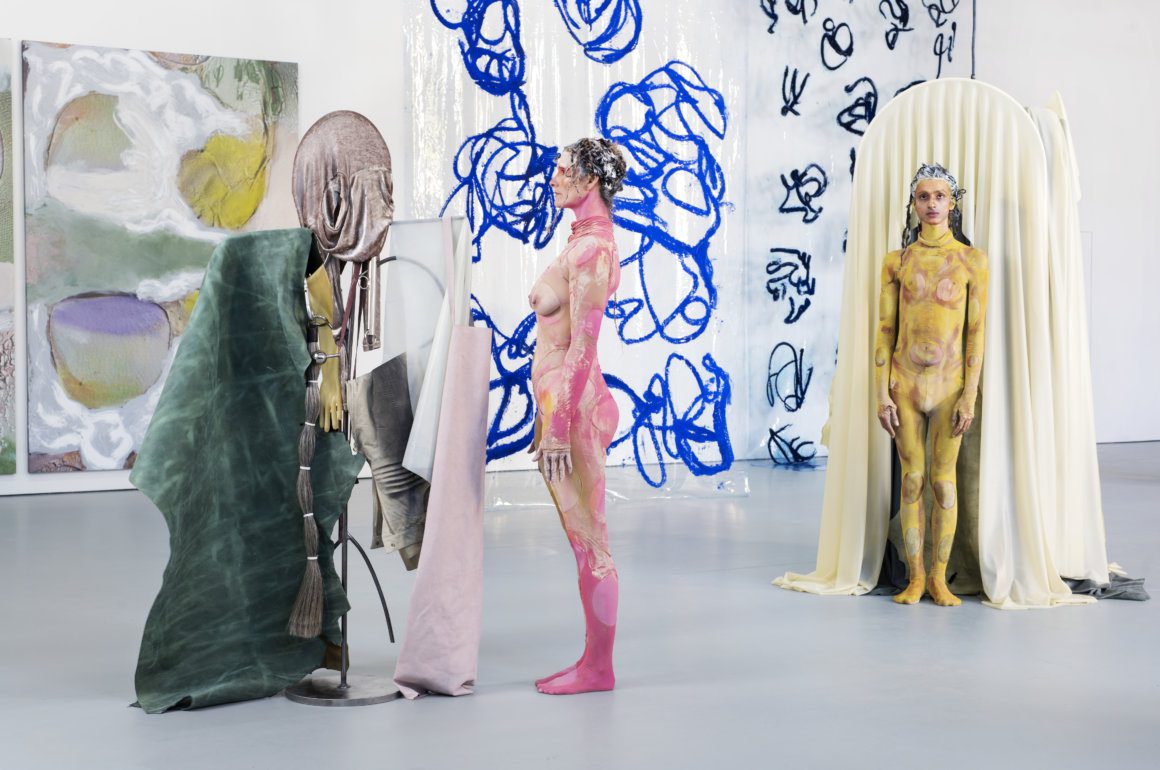Super-collector Anita Zabludowicz founded the Zabludowicz Collection in the early 1990s with her husband, Poju, to support the works of emerging contemporary artists across the globe.With over 5,000 works by 500 artists, the Zabludowicz Collection moved to a permanent home in a former Methodist church in Camden, London, when husband and wife ran out of space on their walls at home; it holds regular exhibitions and live shows. She also creates initiatives for artists without commercial gallery representation, and funds art education programs. In the latest of our Luxury Leaders series Zabludowicz, a regular star in the Art Review Power 100 list of the most powerful people in the art world, speaks to Kitty Harris about nurturing artists, whether art has to be beautiful, and what her desert island artwork would be.

Public day at Zabludowicz collection. Image by David Bebber
LUX: What gave you the idea to start collecting?
Anita Zabludowicz: As a collector you don’t know that you’re actually going to become a collector. In the 90s my husband, Poju, and I went to see a Contemporary Art show called ‘High and Low’ in New York. We had never really seen the works of Claes Oldenburg, and Jeff Koons mixed with Pablo Picasso and Roy Lichtenstein. We thought, “that was really amazing, maybe we can do that.” Poju said to me “okay, but you need to go and study, do your homework and learn.” In the late 90s there was a sudden movement towards contemporary art, a new kind of revolution. We met Nick Serota then, while he was building the Tate and he introduced us to Thomas Dane, the architect of our collection. We started collecting Richard Prince photography, the Dusseldorf school like Andreas Gursky, Candida Höfer, Thomas Struth and Thomas Ruff.
LUX: For your own enjoyment and to put up in your house?
Anita Zabludowicz: Yes, exactly until there was too much of it. That’s when you know you’re a collector, when you can’t fit everything on your walls!
Read next: Journeying through Southern Africa on Rovos Rail
LUX: What made you make that leap from a private collection to a public one?
Anita Zabludowicz: I felt very guilty having young artist’s installations in storage and a responsibility to show the works. At that time no one was showing works like these because it was too risky for museums. I saw a gap in the art world and these young artists, who really are geniuses, needed a platform to be seen.

Anita Zabludowicz
LUX: Why did you start the residency program in Finland?
Anita Zabludowicz: So that our artists in residence are able to progress their practice as much as possible. We have usually worked with the artist before they do a residency and we tailor it to whatever they wish to do.
LUX: Is that very important to you, to nurture artists?
Anita Zabludowicz: That is the most important thing, so that they continue to grow. And so that when we are with them, they are getting something out of us.
Read next: Fawaz Gruosi on black diamonds and innovation
LUX: What’s coming up next year that you can tell us about now?
Anita Zabludowicz: ‘Invites’ is on now with a very interesting, young, Dutch painter, Willem Weismann. And we also have Donna Huanca which is really something mind blowing. She has used sound and infra-red so that you are actually interacting with the exhibition. Early next year we have ‘Testing Ground’ where we do a master class with four or five major artists, someone like John Stezaker , teaching younger artists. They do a lecture, they teach them, they critique them. Then we bring in the MA classes from the Royal College of art and John Cass (the colleges change each year) who work together to curate a show of the collection. It’s really refreshing and amazing because they are not marred by the market. Our photography show is at the end of March and it’s about the invisibility of the picture. It is going to be quite unique and different. Haroon Mirza will be our solo show in September. He works with digital and analogue and is a real meta modern artist, working with collaging information.

The system blue by Haroon Mirza
LUX: Have you noticed any, or are you nurturing any trends?
Anita Zabludowicz: We don’t nurture trends but we are fascinated by new movements in the world that came from all different directions. For instance, last year, if you can call it a trend, we did a more digital, technological show with Jon Rafman who made a virtual reality film. It was probably the first time this country had seen virtual reality so we had queues around the block.
LUX: Does art have to be beautiful?
Anita Zabludowicz: Beautiful art is fantastic and gorgeous and it is so decorative. But for us, it’s about what’s behind that work of art. There is so much depth, thought and history and that’s what makes your mind expand and think. That’s what art is all about.

Donna Huanca
Read next: Salvatore Ferragamo on the art of fine wine
LUX: You’re more interested in an artist’s cultural value, not their market value. How do you think the art market affects an artist?
Anita Zabludowicz: The art market is a very strange phenomenon where artists are kind of forced to mass produce. It’s supply and demand and they are adhering to the demand. Then everything just loses its sense of reality. I don’t like to get too much involved when that is happening. It’s too hard. It’s too difficult. It’s too sad.
LUX: There is a new law and you are only allowed to have one work of art – what would you keep?
Anita Zabludowicz: Oh my God! It would be a work by Anj Smith, she’s not that well known but she is the most talented painter I’ve ever come across. I suppose every woman in some way desires jewellery but the most desirable thing to me is a painting of hers.







Recent Comments